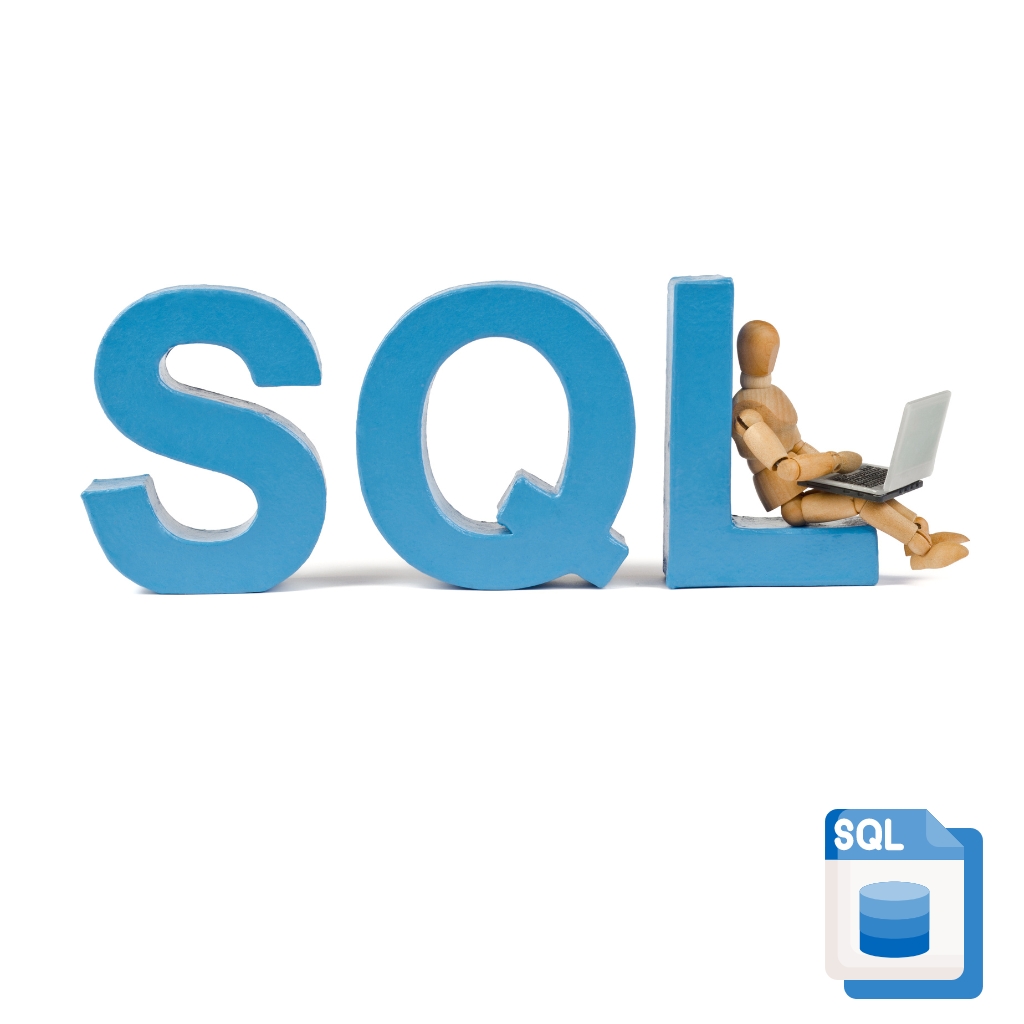As fast-growing companies in the ride-hailing space, businesses generate vast amounts of data across various domains, including ride-hailing, food delivery, micro-mobility, and more. Leveraging this data effectively is crucial for making informed decisions, optimizing operations, and driving innovation. For data scientists in ride-hailing companies, advanced SQL can be a powerful tool to unlock deep insights and scale their data workflows. e.g Bolt
Below are some advanced SQL use cases that data scientists in ride-hailing companies can employ to enhance their impact across various business domains:
1. Dynamic Pricing Models
Ride-hailing pricing strategies, such as surge pricing during high-demand periods or special promotions, can be optimized using advanced SQL techniques:
- Window Functions for Dynamic Pricing: Use window functions like
LAG()andLEAD()to analyze historical pricing data and demand fluctuations. For example, you can calculate moving averages of demand and price elasticity, then feed these into dynamic pricing models. This helps in adjusting prices in real-time based on historical patterns without disrupting ongoing operations. - Segmentation with Recursive Joins: To implement region-specific pricing strategies, recursive joins can be used to segment customers or drivers within nested geographic boundaries. For instance, you can model price adjustments based on hierarchical regions such as city > district > neighborhood, optimizing pricing based on regional demand elasticity.
2. Driver and Customer Retention Analysis
Retaining both drivers and customers is critical for a ride-hailing company’s long-term success. SQL can be leveraged to identify retention trends and develop strategies to improve retention rates:
- Cohort Analysis with Window Functions: Using window functions, data scientists can perform cohort analysis on drivers or customers. For example, you can track driver retention by hire date and analyze retention patterns over time, segmented by region or ride type. This helps in identifying which cohorts are more likely to churn and implementing targeted retention strategies.
- Customer Churn Prediction with Advanced SQL Aggregations: By using advanced SQL aggregations and subqueries, data scientists can extract features from customer activity logs, such as ride frequency, ride time, and satisfaction ratings. These features can then be used to build churn prediction models that alert the business when customers are at risk of leaving the platform.
3. Fraud Detection and Anomaly Detection
Fraud detection is critical in the ride-hailing and food delivery industry to prevent revenue loss and protect customers and drivers from malicious activities.
- Pattern Recognition with Recursive Joins: Recursive joins can be utilized to detect suspicious patterns, such as circular rides or excessive cancellations, that may indicate fraudulent activity. Recursive CTEs allow you to trace transactions and link related events, making it easier to spot complex fraud patterns that span multiple data points.
- Anomaly Detection with Window Functions: SQL window functions are perfect for detecting anomalies in driver or customer behavior. For instance,
ROW_NUMBER()orRANK()can be used to detect unusual spikes in completed rides, which could indicate fraudulent activity. Time-based window functions can also help detect outliers in ride volume, fare amounts, or other key metrics.
4. Operational Efficiency and Fleet Optimization
Ride-hailing operations require a delicate balance of supply and demand across cities and countries, making fleet optimization a vital task. Advanced SQL can streamline operations and improve resource allocation:
- Geospatial Analysis for Fleet Deployment: SQL’s geospatial capabilities (e.g., using PostGIS for PostgreSQL) can be used to analyze driver locations and optimize fleet deployment. By calculating distances between demand hotspots and available drivers using functions like
ST_Distance(), data scientists can suggest optimal fleet locations, reducing wait times and increasing operational efficiency. - Routing Optimization Using Recursive Joins: Recursive SQL queries can help model optimal routing paths for a ride-hailing fleet. By implementing shortest path algorithms within SQL, you can optimize delivery routes or ride paths for drivers, minimizing travel time and fuel consumption.
5. Real-Time Analytics for Operational Dashboards
Ride-hailing companies operate in a fast-paced environment where real-time insights are crucial for decision-making. Advanced SQL techniques enable data scientists to build real-time dashboards that provide actionable insights to various teams:
- Materialized Views for Real-Time Data: Materialized views can be used to precompute complex aggregations and joins, allowing dashboards to reflect real-time data without overloading the database with repeated calculations. For example, live monitoring of driver availability and ride demand in different cities can be powered by materialized views, ensuring the operations team has the latest insights.
- Streaming Data Analysis with SQL: Ride-hailing companies can integrate SQL with streaming platforms like Apache Kafka or Apache Flink to process real-time data streams. By applying advanced SQL on streaming data, such as monitoring real-time ride counts or delivery times, data scientists can generate immediate insights and feed these into alerting systems for anomalies or operational issues.
6. Customer Experience Optimization
Enhancing customer experience is essential for a ride-hailing company’s growth, and advanced SQL plays a key role in this endeavor:
- Sentiment Analysis with SQL: While sentiment analysis typically requires natural language processing (NLP), SQL can be used to preprocess textual data from customer reviews or support tickets. For instance, SQL’s string manipulation functions (
LIKE,REGEXP, etc.) can be used to categorize reviews or extract keywords. This can then feed into sentiment analysis models that help improve customer satisfaction by identifying common pain points. - Personalization with Advanced Segmentation: SQL can segment customers based on behavioral patterns, such as frequent ride types, preferred locations, or average spending. By using advanced SQL joins and subqueries, data scientists can create detailed customer profiles, enabling personalized recommendations, targeted promotions, and tailored marketing campaigns.
7. Revenue Forecasting and Financial Analysis
Accurate financial forecasting is critical for ensuring a ride-hailing company’s profitability and growth. SQL can be used to generate insights that inform financial planning:
- Revenue Forecasting with Time-Series Analysis: SQL’s time-series functions can be used to model revenue trends over time, incorporating factors such as seasonal fluctuations, economic conditions, or promotional campaigns. This allows for more accurate forecasting and helps finance teams plan ahead.
- Cost Analysis and Profitability Metrics: By aggregating data on ride costs, customer acquisition costs, and operational expenses using SQL, data scientists can calculate key profitability metrics such as gross margin, contribution margin, and customer lifetime value. These insights are vital for making informed strategic decisions.
8. Scaling Machine Learning Pipelines
As ride-hailing companies continue to scale, integrating machine learning (ML) into operational processes becomes increasingly important. SQL can play a crucial role in feature engineering and model deployment:
- Feature Engineering in SQL: Before feeding data into ML models, SQL can be used to perform feature engineering tasks such as calculating behavioral metrics, creating derived features, and transforming raw data into model-ready formats. For example, SQL can generate features like ride frequency, average ride distance, or time between rides, which are critical inputs for customer segmentation or demand prediction models.
- Model Deployment in SQL: Data scientists can deploy machine learning models directly within the database using SQL integrations with programming languages like Python (e.g., PL/Python in PostgreSQL). This enables real-time scoring of new data, such as predicting ride demand or customer churn, without the need to export and import data across different systems.
Conclusion
For data scientists in ride-hailing companies, mastering advanced SQL techniques is key to driving impact across a wide range of business operations, from pricing and retention to fraud detection and operational efficiency. By fully leveraging SQL’s capabilities, data teams can unlock deeper insights, optimize processes, and build scalable solutions that keep pace with the company’s rapid growth. Whether it’s through real-time analytics, machine learning integration, or geospatial analysis, SQL remains a cornerstone in the modern ride-hailing data science toolkit, enabling companies to deliver exceptional experiences for drivers, customers, and partners alike.





